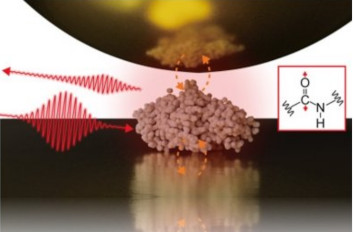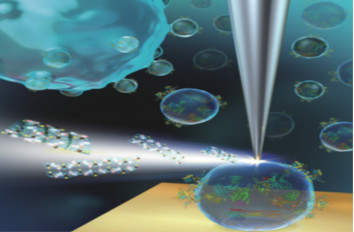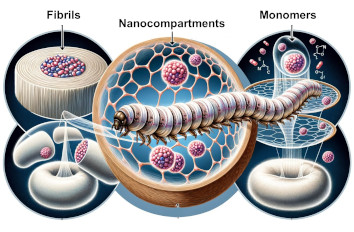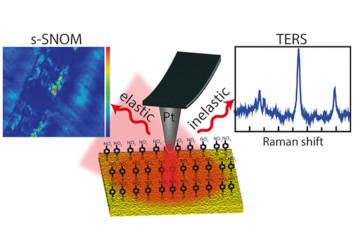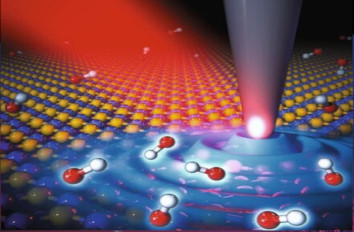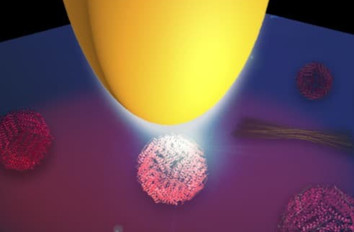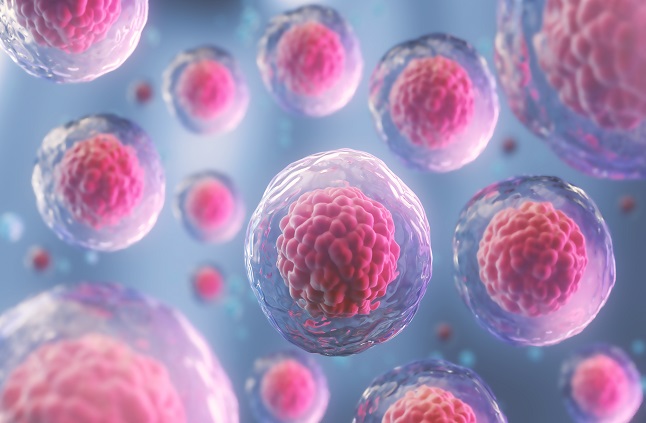
Life Science
tissue biomimetics, cells & protein structure
Biological processes occur at the nanoscale, such as the interaction between cells and extracellular matrix. Studying biomaterials at the nanoscale can help researchers better understand these processes and develop biomaterials that can interact more effectively with biological systems.
Infrared nanospectroscopy (nano-FTIR) has the potential to greatly enhance our understanding of biological systems and advance research in fields such as cell biology, disease diagnosis, drug discovery, and biomaterials science. To learn more about the recommended neaSCOPE microscope for these samples, visit the product pages indicated below.
APPLY FOR A TEST MEASUREMENT ON YOUR SAMPLE*
* In order to evaluate the capabilities of our technology & products, you may apply for a test measurement with your own sample. Sucessful test results significantly increase the approval chance of your grant application.
Samples/Research Materials
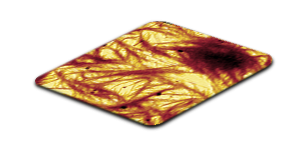
Fibrils
Fibrils are aggregates of protein molecules that are associated with a wide range of diseases, including Alzheimer's disease, Parkinson's disease, and type 2 diabetes. To boost medical application, neaSCOPE users study fibrils at the nanoscale to advance our understanding and optimize mechanical, electrical, and optical properties of new materials relevant for biomaterial engineering e.g., biocompatible implants or biosensor interface.
Recommended product: IR-neaSCOPE+s
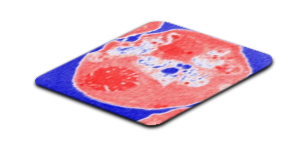
Cells
Cell biology by means of infrared nanospectroscopy (nano-FTIR), can be used to investigate the chemical composition of individual cells, including proteins, lipids, and nucleic acids. This information can be used to better understand the structure and function of cells and how they respond to different stimuli. This can help researchers develop new materials with specific properties for use in biomedical applications.
Recommended product: IR-neaSCOPE
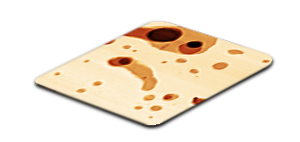
Macromolecules
Macromolecules are often highly dynamic and undergo conformational changes that are critical to their function. nano-FTIR technology allow us to access information abut the secondary structure at the nanoscale helping our users to observe small changes and better understand how they contribute to the macromolecule's overall behavior. For example, nanoparticles made from macromolecules can be designed to selectively target cancer cells or to deliver drugs to specific locations in the body.
Recommended product: IR-neaSCOPE+s

Hard Tissue
Hard tissue, such as bone and teeth, have complex hierarchical structures that are essential for their mechanical and biological functions. Studying these structures at the nanoscale can provide insights into how they are formed, how they function, and how they respond to mechanical and chemical stresses. nespec technology provides tools to study and advance our understanding of tissue structure and function, developing new materials and devices, and improving medical treatments for a range of diseases and conditions.
Recommended product: IR-neaSCOPE+TERs




